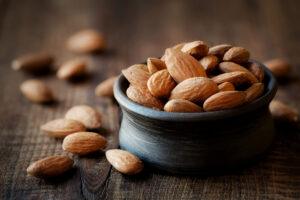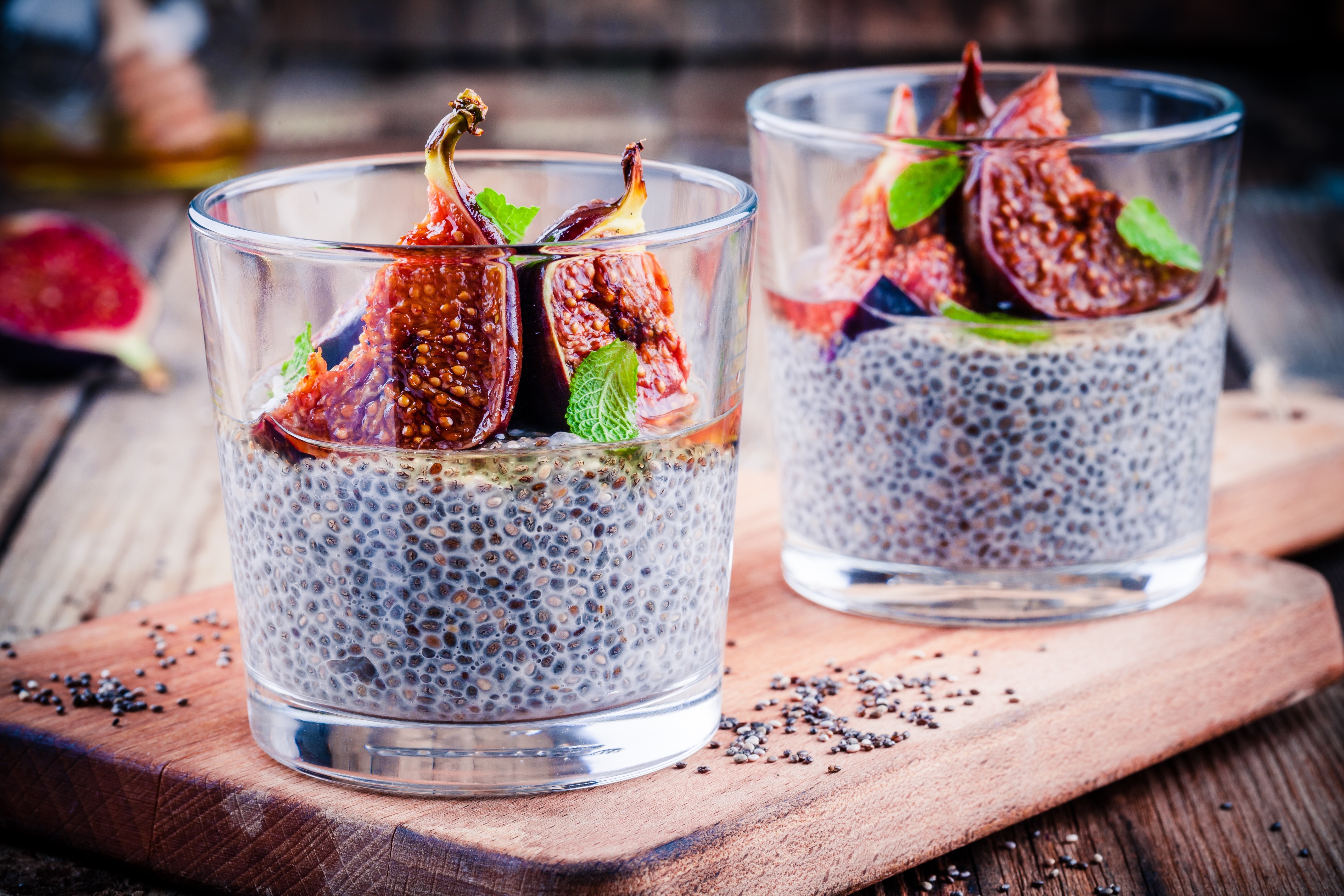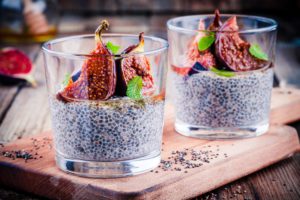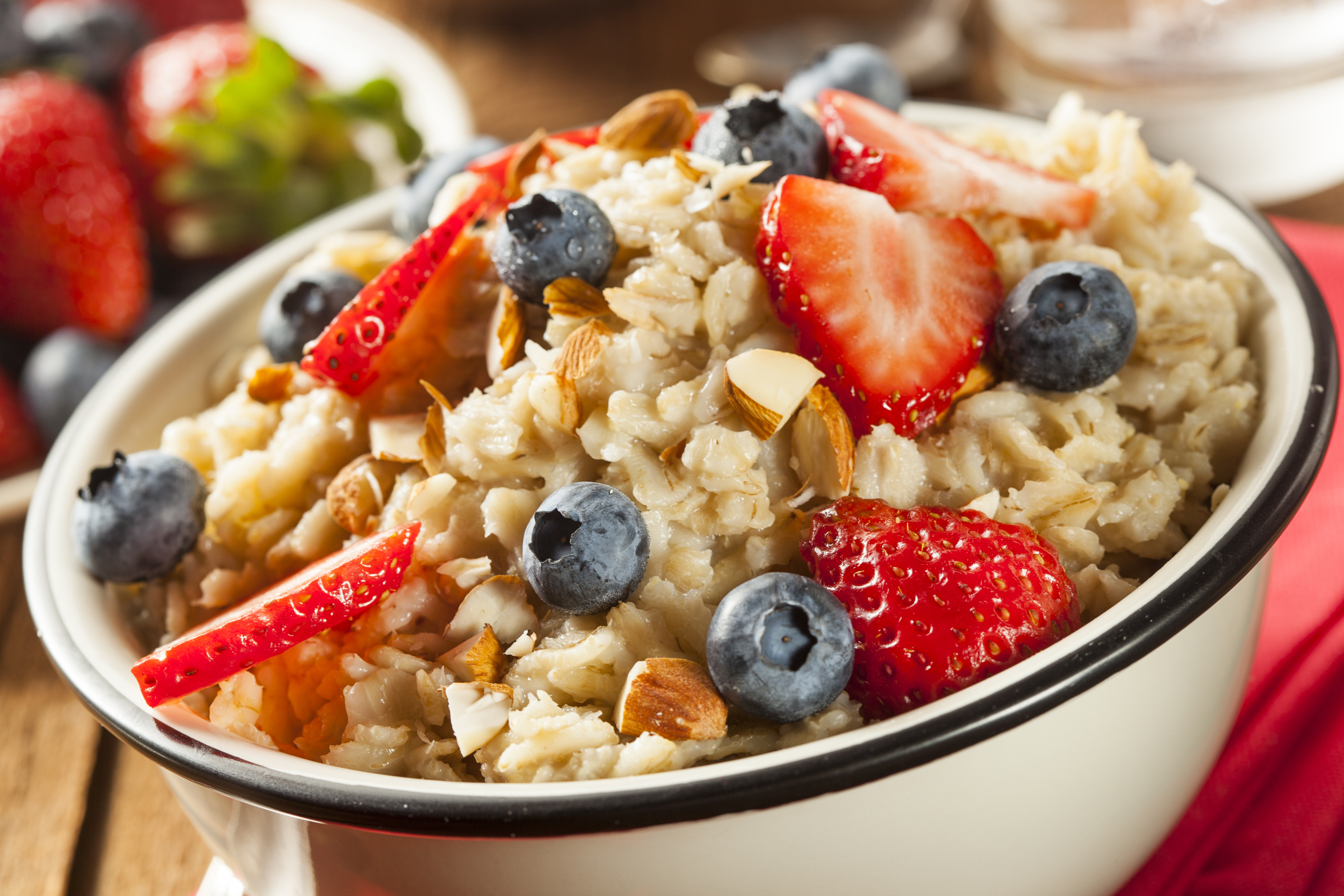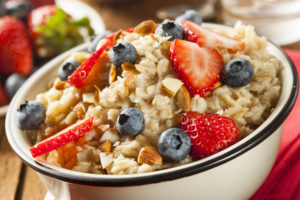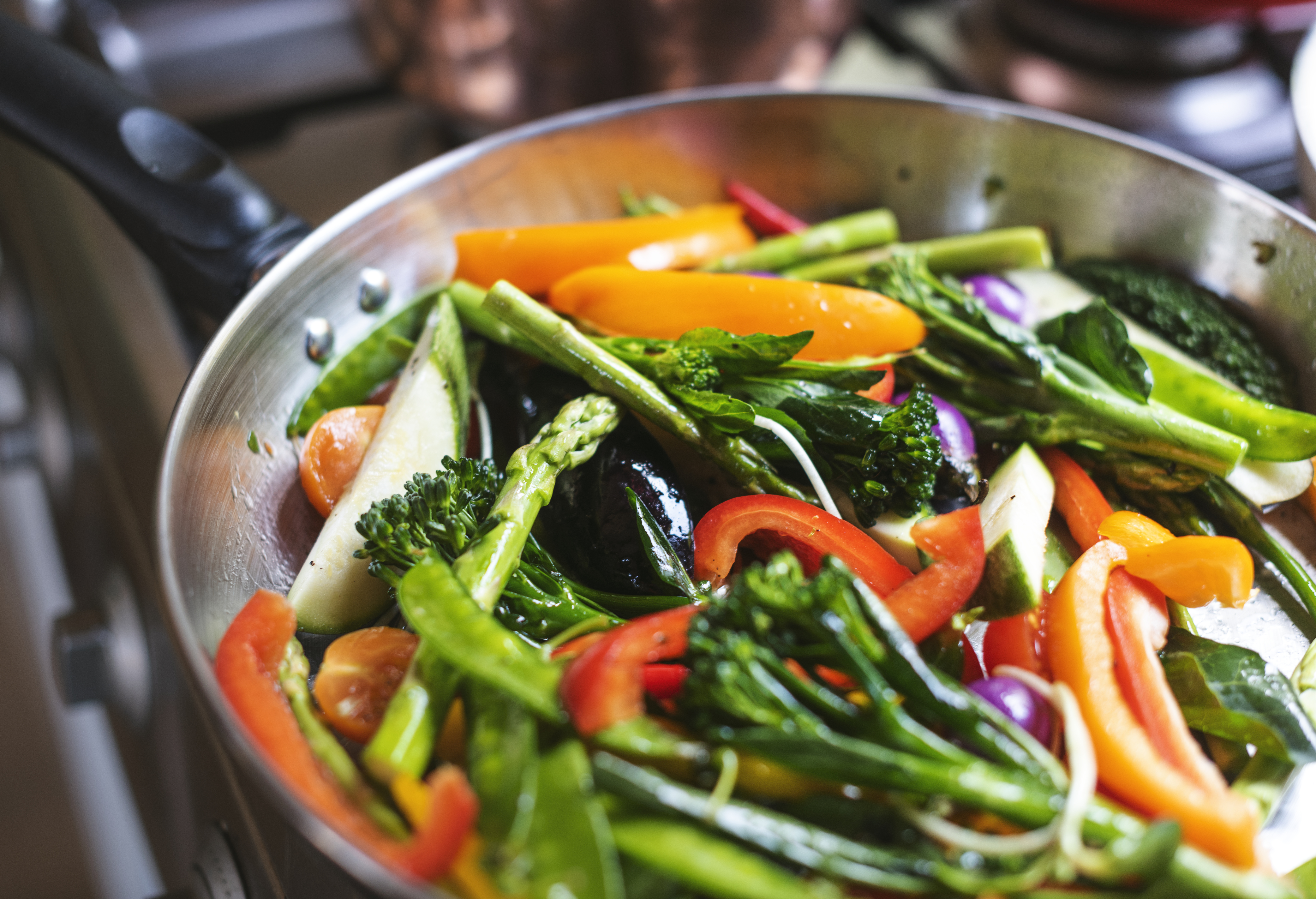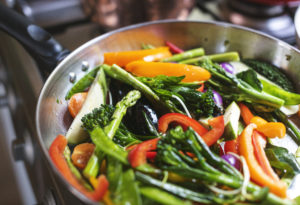Naturally reducing blood pressure with a diet rich in potassium
When you read the statistics of CDC regarding blood pressure, you might get slightly lightheaded as you learn that 1 in 3 people in the USA (roughly 75 million adults) suffer from high blood pressure.
The blood pressure is the force of blood against your artery walls as it circulates through your body. Normal blood pressure is less than 120 over 80 (120/80). The next level is, elevated blood pressure (120-129 / less than 80), then high blood pressure stage I (130-139/80-89), high blood pressure stage II (140 or higher/90 or higher), hypertensive crisis (higher than 180/higher than 120). You should know what you blood pressure reading means. This way you can be proactive by taking steps to prevent and increase or reducing your blood pressure to safe ranges.
Why is high blood pressure an issue?
If you are wondering why all of this matters, and how does high blood pressure influence your own life, here is why:
- High blood pressure greatly increases the risks for many major, serious diseases such as heart disease – which is the first leading cause of death in the USA, and stroke – which is the third leading cause.
- Anyone, including children, can develop high blood pressure. If you are pregnant and your blood pressure is high you and your unborn child can suffer serious consequences even death
- High blood pressure is also known as the “silent killer” because it usually has no warning signs, no symptoms, and many people are not even aware that they have it until it is too late.
That’s why it’s important that everyone checks their blood pressure regularly and take all the necessary precautionary steps to avoid having to face this “silent killer”.
If you are already suffering from the hands of the sneaky high blood pressure, then you need to start taking it more seriously and take all the necessary steps that will help you reduce it, such as:
- Get it checked regularly
- Maintain a healthy weigh;
- Be physically active
- Don’t smoke
- And most importantly, eat a healthy diet!
- Eat a low salt diet
- Eat a high potassium diet
- Reduce alcohol intake
- If you are overweight then lose weight
A healthy diet is one of the most important steps that underlines almost any other point here: if you eat healthily, you can maintain a healthy weight, you will have more energy to be physically active and you will influence how your body regulates the blood pressure. One of the main aspects of a healthy diet for high blood pressure is having food rich in potassium and low in salt.
How does potassium influence blood pressure?
Potassium is one of the key minerals that our body needs to function at is best yet, somehow, it is hugely under rated. You hear a lot about reducing sodium. But hardly anyone mentions increasing potassium.
Potassium is a key electrolyte found in our body that helps our body send nerve signals, and regulate fluids and muscle contractions and also relaxes the walls of our blood vessels.
Potassium helps in lowering blood pressure by helping our body remove the excess sodium and relaxes the muscles of the heart.The excess sodium (in general, the high levels of sodium,) elevate the blood pressure, which is especially a concern for people whose blood pressure is already high. There are countless studies that have been done that show eating food rich in potassium helps our body naturally fight high blood pressure. Besides this, food rich in potassium is good for our general health as well; many studies suggests that potassium may help in preventing other serious diseases, such as strokes, heart attack. osteoporosis, kidney stones, water retention, etc.
Food rich in potassium
Now that we are aware of how potassium affects our body and helps us function , we need to know how we can increase our intake of this mineral.
Most health authorities agree that the daily optimal amount of potassium should be 3,500-4,700 mg. Of course, this number varies depending on your medical condition, age, weight, etc. You should not consume this much if you have kidney disease.
We need to mention that over-the-counter supplements are not a great way to increase the potassium intake as they don’t give the same results as getting it from food; this is because they don’t come in combination with other minerals, they are synthetically created and our body absorbs it in a different way which sometimes may result in causing additional harm to some of our organs. Many countries have limited the maximum recommended dose of potassium intake in the form of supplements to 99-mg, which definitely is much less than the amount you can get from just one serving of potassium-rich whole foods. That’s why, it is recommended that unless your doctor has recommended you otherwise, take your potassium from whole foods.
Following is a list of common foods rich in potassium. Take out your food scale and start measuring size. The standard size is 100g or 3.5oz.
Therefore the amount of mg mention is the amount that can be found in 100g or 3.5zo.
Bananas
Potassium: 358 mg
One of the oldest known foods that come from Southeast Asia/South Pacific is the banana. The origin of the bananas dates from 8000 to 5000 BC; this fruit, botanically speaking a berry (as it comes from the berry family) is believed to have been the world’s first cultivated fruit. Bananas are rich in fiber, folate, magnesium, vitamin A, C, B6, iron, manganese, etc. Unlike many other fruits and vegetables, bananas are available all year round.
Avocado
Potassium: 485 mg
Avocado comes from the culinary scene in Mesoamerica in about 500 B.C. Nevertheless, it became more popular and spread in the 16th century as the Spanish conquistadors found about its existence, noted it as a delicacy and aphrodisiac, and spread the word about it on their journeys. Besides being rich in potassium, this food is also rich in vitamin K, C, B5, B6, E, folate, magnesium, copper, iron, and zinc. They are in season depends on the country in which the avocados are cultivated: in Mexico, the peak season is from November to April, in the USA from May to August, in Peru from April to September, and in Colombia and Chile from September to June.
Apricots
Potassium: 259 mg
The origin of the apricot these days is quite disputed, as many claim that they were originally domesticated in China, while others insist that they come from ancient Armenia. Nevertheless, they were introduced to the New World in the early 18th century by Spanish missionaries. Apricots besides being rich in potassium are also rich in fiber, Vitamins A, C, and E. Nowadays, they are cultivated on every continent except Antarctica. Their peak season from early May to July.
Spinach
Potassium: 346 mg
Spinach is the ultimate super food as it is loaded with tons of nutrients (calcium, magnesium, iron, vitamin A, K, phosphorus, thiamine, folate, etc.) in a low-calorie package. It is believed that spinach originated in ancient Persia and later on, it was introduced in ancient China, India, Spain and the rest of the world. In the USA, the cultivation of the spinach began around 1806. Today, you can find it all year round, if not fresh, frozen. It is the best when it is fresh, in its peak season, which is from March to June.
Fun fact: cook spinach is richer in potassium than fresh spinach.
Sweet potatoes
Potassium: 337 mg (baked in skin, without salt 475mg; canned – 312mg)
Both sweet and regular potatoes are rich in potassium; we are mentioning here sweet potatoes primarily because they are more nutritious. Sweet potatoes actually originate and were domesticated in Central and South America, at least 5000 years ago. In the last few decades, as we started putting more emphasis on the nutrition of our food, sweet potatoes became more popular as they are rich in vitamin C, B6, E, magnesium, phosphorus, zinc, thiamin, riboflavin, and folate. Sweet potatoes peak season is usually from late October through December.
Broccoli
Potassium: 316 mg
Probably the most infamous vegetable among kids is actually one of the healthiest vegetables. Broccoli was introduced to England and America in the 1700s and became more popular in the 1720s; nevertheless, the eastern Mediterranean and Asia were familiar with it a long time before that. There is evidence that broccoli was cultivated in Italy in ancient Roman times, and it is believed that broccoli actually originated from Italy where it was engineered from a cabbage relative by the Etruscans—an ancient Italian civilization who lived in what is now Tuscany.
Broccoli is a great source of vitamins K and C; additionally, it is rich in fibers, folate, and of course, potassium. Although it is available throughout the whole year, its best during its peak season: October through April.
Tomato
Potassium: 237 mg
Tomatoes are native to Americans as historical records show that their origins trace back to early Aztec civilizations around 700 A.D; they were introduced to European countries much later, around the 16th century. Nevertheless, they are one of the most used fruits in every cuisine throughout the world. Tomatoes are rich in vitamin C, K, folate, the antioxidant lycopene, and of course, potassium. What is interesting about tomato is that their form can make a huge difference in their potassium level, so fresh tomatoes have 237 mg potassium, tomato puree has 1,014 mg, and tomato puree has 439 mg potassium. Tomatoes are in season from May through October, depending on where you live.
I borrowed the list below from Here You can select a few items from the list that follows. You will then realize that you can easily increase your potassium intake by swapping processed food for one of the below:
| Food, Standard Amount | Potassium (mg) | Calories |
| Sweet potato, baked, 1 potato (146 g) | 694 | 131 |
| Tomato paste, 1/4 cup | 664 | 54 |
| Beet greens, cooked 1/2 cup | 655 | 19 |
| Potato, baked, flesh, 1 potato (156 g) | 610 | 145 |
| White beans, canned, 1/2 cup | 595 | 153 |
| Yogurt, plain, non-fat, 8-oz container | 579 | 127 |
| Tomato puree, 1/2 cup | 549 | 48 |
| Clams, canned, 3 oz | 534 | 126 |
| Yogurt, plain, low-fat, 8-oz container | 531 | 143 |
| Prune juice, ¾ cup | 530 | 136 |
| Carrot juice, ¾ cup | 517 | 71 |
| Blackstrap molasses, 1 Tbsp | 498 | 47 |
| Halibut, cooked, 3 oz | 490 | 119 |
| Soybeans, green, cooked, 1/2 cup | 485 | 127 |
| Tuna, yellowfin, cooked, 3 oz | 484 | 118 |
| Lima beans, cooked, 1/2 cup | 484 | 104 |
| Winter squash, cooked, 1/2 cup | 448 | 40 |
| Soybeans, mature, cooked,1/2 cup | 443 | 149 |
| Rockfish, Pacific, cooked, 3 oz | 442 | 103 |
| Cod, Pacific, cooked, 3 oz | 439 | 89 |
| Bananas, 1 medium | 422 | 105 |
| Spinach, cooked, 1/2 cup | 419 | 21 |
| Tomato juice, 1/2 cup | 417 | 31 |
| Tomato sauce, 1/2 cup | 405 | 39 |
| Peaches, dried, uncooked, 1/4 cup | 398 | 96 |
| Prunes, stewed, 1/2 cup | 398 | 133 |
| Milk, non-fat, 1 cup | 382 | 83 |
| Pork chop, center loin, cooked, 3 oz | 382 | 197 |
| Apricots, dried, uncooked, 1/4 cup | 378 | 78 |
| Rainbow trout, farmed, cooked, 3 oz | 375 | 144 |
| Pork loin, center rib (roasts), lean, roasted, 3 oz | 371 | 190 |
| Buttermilk, cultured, low-fat, 1 cup | 370 | 98 |
| Cantaloupe, ¼ medium | 368 | 47 |
| 1%-2% milk, 1 cup | 366 | 102-122 |
| Honeydew melon, 1/8 medium | 365 | 58 |
| Lentils, cooked, 1/2 cup | 365 | 115 |
| Plantains, cooked, 1/2 cup | 358 | 90 |
| Kidney beans, cooked, 1/2 cup | 358 | 112 |
| Orange juice, 1/2 cup | 355 | 85 |
| Split peas, cooked, 1/2 cup | 355 | 116 |
| Yogurt, plain, whole milk, 8 oz container | 352 | 138 |
Final Thoughts
Seems hard, but one of the simplest way to incorporate potassium rich food in your diet is to eat more whole foods. As illustrated in the above list, meats are also filled with potassium. Therefore, you don’t have to eat only plant based foods.
Start by swapping processed foods with whole foods. Eating a banana instead of your favorite baked treat will decrease your sodium intake and increase your potassium intake. This way you will be killing two birds with one stones. Besides, no matter where in the world you are located, you can always find a banana to eat and you can also add it to your smoothie.
However, you should not increase your potassium intake if you have any kind of kidney disease and you should not take potassium supplements without first speaking with your healthcare provider.
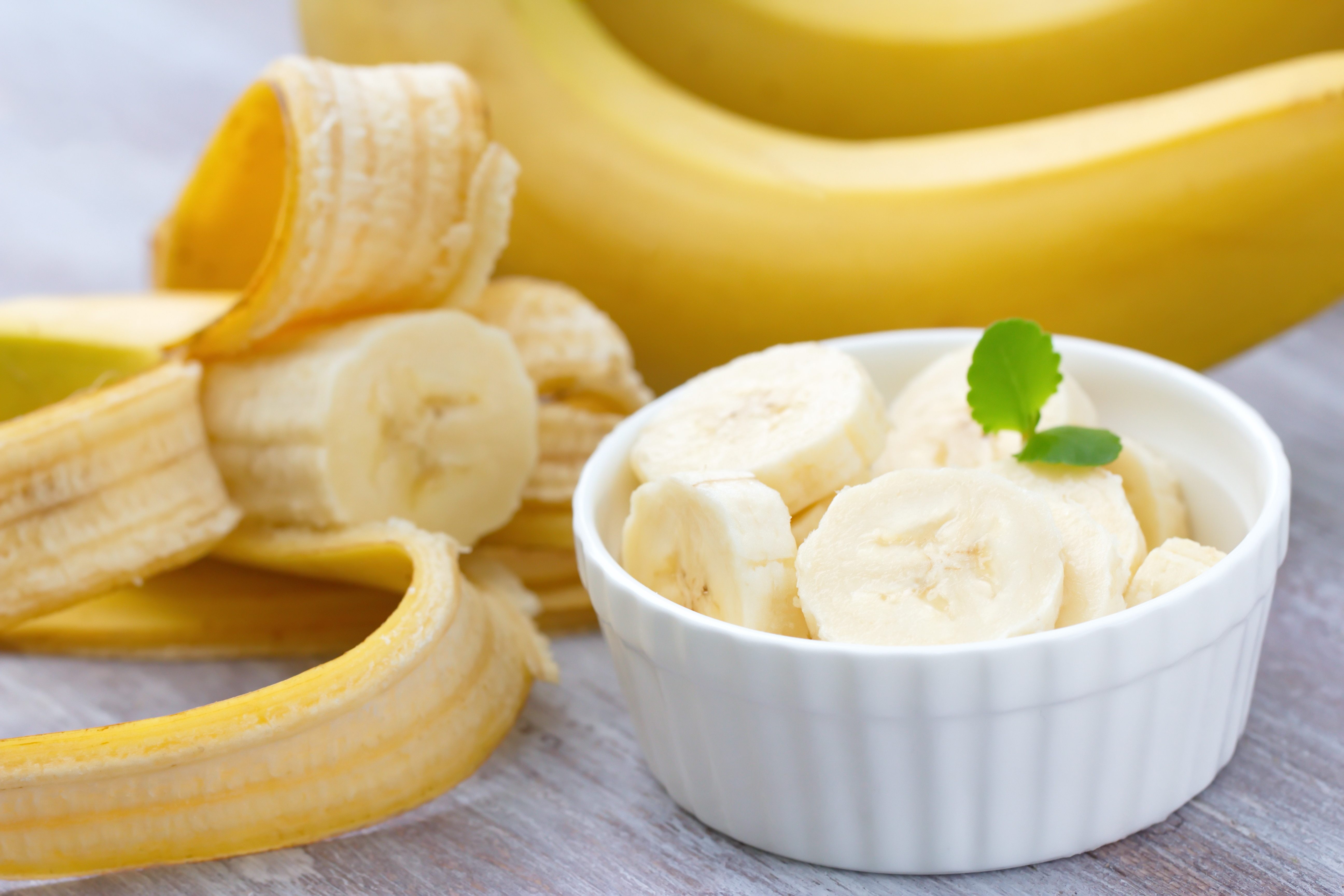


 Complete Sandbag Training Guide for Fitness Beginners
Complete Sandbag Training Guide for Fitness Beginners
